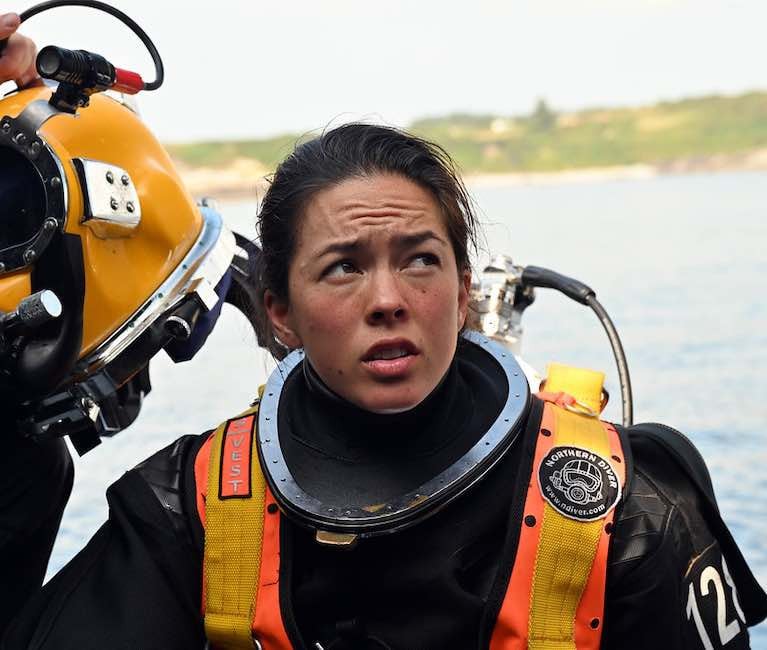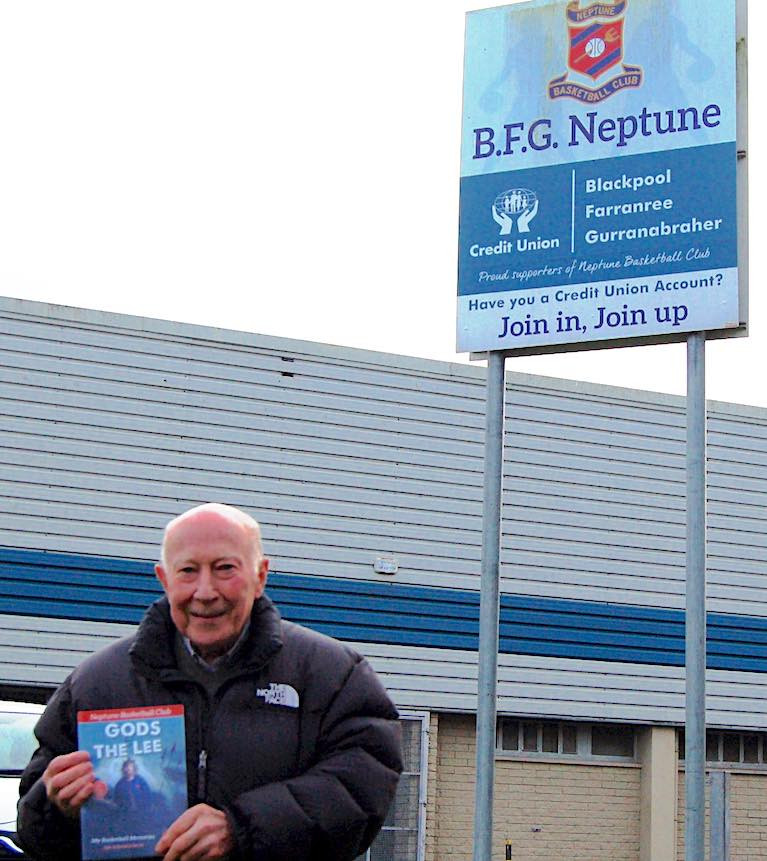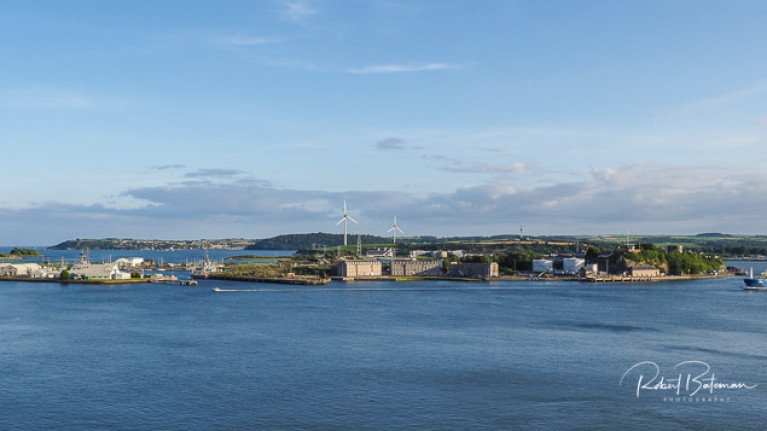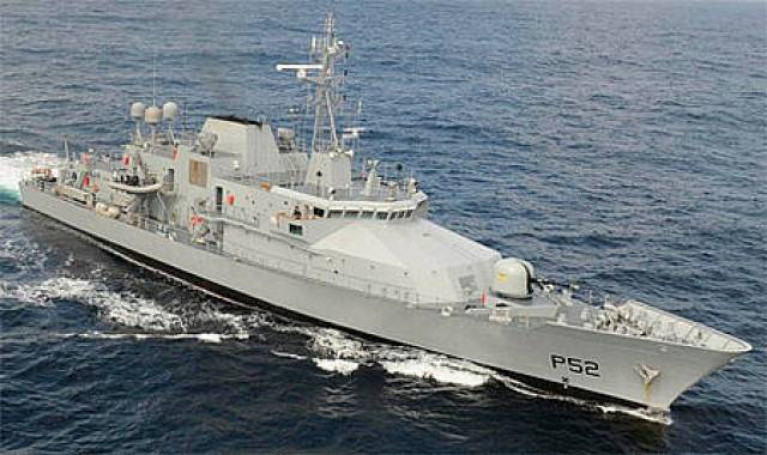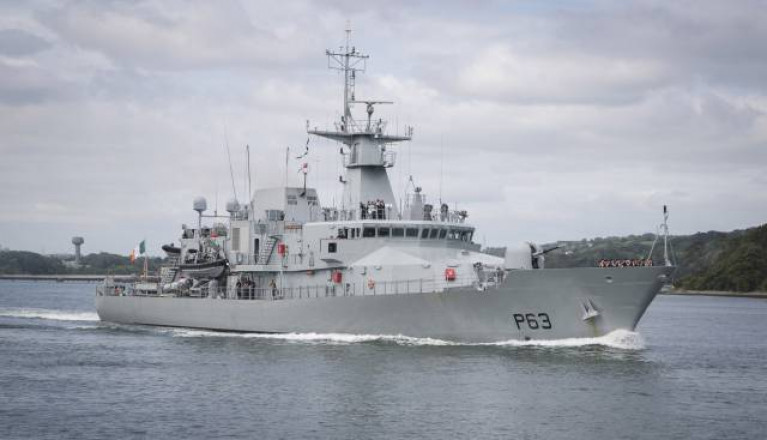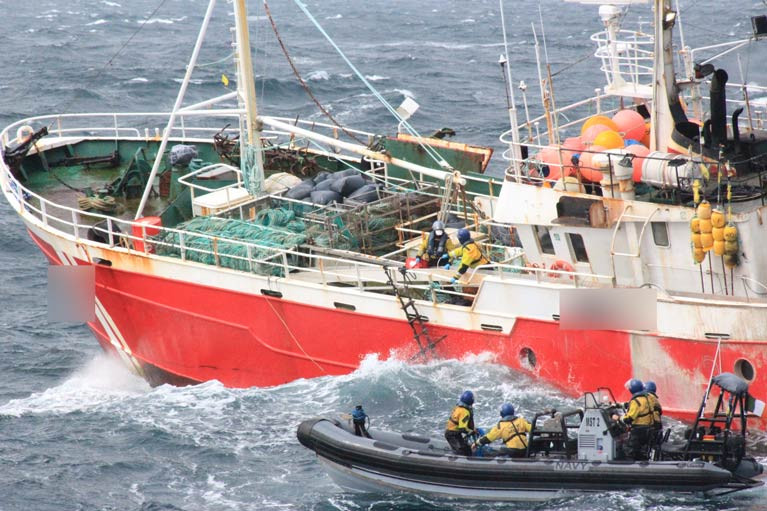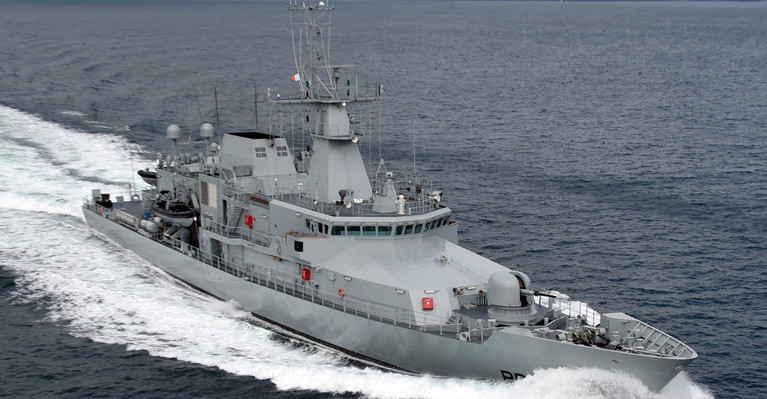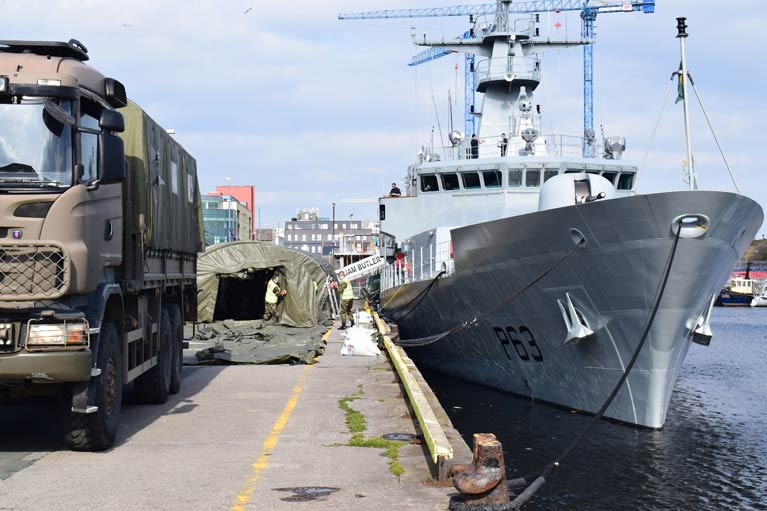Displaying items by tag: Navy
Search & Recovery: The Challenging Role of the Navy Diver (PODCAST)
“We’ll always give our best, treat every incident as if it is one of our own.... and try our utmost to get a missing family member back to their loved one.....”
The words of Lieut Stephen Stack, head of the Naval Service diving unit, speaking about what keeps his colleague “motivated and driven to succeed”.
Last year, Sub-Lieut Tahlia Britton from Rossnowlagh, Co Donegal, became the first female to qualify for the Naval Service diving unit. A former champion surfer, she studied podiatry at NUI Galway but always wanted to join the military.
 Sub-Lieut Tahlia Britton enters the water from off a Navy RIB Photo: Davy Jones/Óglaigh na hÉireann
Sub-Lieut Tahlia Britton enters the water from off a Navy RIB Photo: Davy Jones/Óglaigh na hÉireann
She has described the mental and physical challenges of being a Navy diver in an interview recorded for RTÉ Seascapes, the full version of which is on a Wavelengths podcast this week (below).
Search and recovery is just one aspect of the work of Navy divers, which is, as Stack says “not glamorous...”
 Navy divers in training at Haulbowline Photo: Davy Jones/Óglaigh na hÉireann
Navy divers in training at Haulbowline Photo: Davy Jones/Óglaigh na hÉireann
One of the team’s recent challenging operations was the three-week-long search after the 12-metre steel-hulled boat, Alize, fishing out of Duncannon, Co Wexford, went down some 6½ miles off Hook Head, Co Wexford just over a year ago on January 4th, 2020.
 A briefing for a dive team at Haulbowline Naval base Photo: Davy Jones/Óglaigh na hÉireann
A briefing for a dive team at Haulbowline Naval base Photo: Davy Jones/Óglaigh na hÉireann
Joe Sinnott (65) from Kilmore Quay was recovered off Duncannon by the Irish Coast Guard Waterford-based Rescue 117 helicopter.
The body of skipper Willie Whelan (41), recently married and from Fethard-on-Sea, was located by the Hook Sub Aqua Club, and it was taken from the wreck of the new vessel by the Naval Service diving team.
“It was in very deep water, it was very complex, the weather wasn’t great, “Lieut Stack said, describing it as technically the most challenging operation he had been involved in recently.
He has paid tribute to the Garda Water Unit and the voluntary search and recovery groups that the Navy divers also work with in their aid to civil power role.
You can hear a taste of the aptitude test which aspiring Navy divers have to undergo at the Naval Service base at Haulbowline, along with interviews with Stack and Britton – including what she might sing underwater - below
Linking Mariners, Naval Forces & Sport in Cork Harbour
Coincidence is amazing, even if it's hard to believe. This week I'm inclined to credibility after Foreign Affairs, and Defence Minister Simon Coveney espoused the importance of the Naval Reserve when announcing the Government decision to establish a Commission "to ensure that the Defence Forces are fit for purpose" and then hearing that the same Reserve had used the 'god of the sea' - Neptune - for a purpose never thought of in the maritime world – to please the American Navy and bring the game of basketball to Ireland!
Minister Coveney, himself a Cork Harbour man, emphasised the importance of the Reserve, which was formerly known as the Slua Muiri and had its own yacht, the Nancy Bet.
 Nancy Bet in 1987
Nancy Bet in 1987
I had just met another Corkman for my Maritime Ireland radio show, who told me that the Navy and the Slua had been used by the Irish government after the end of the Second World War to ease anti-Irish sentiment over Ireland's neutrality in that conflict, when the American Navy visited Cork Harbour.
 A Slua Muiri photo at a Training Camp in Fort Camden
A Slua Muiri photo at a Training Camp in Fort Camden
"Recreational exchange with the visitors was arranged through their favourite game, basketball and the Navy was instructed to make sure it happened and to develop public interest. The Maritime Inscription of the time, then the Slua, was handed the task and they invoked the 'god of the sea' – Neptune – to make it all happen," said another Corkman, Jim O'Donoghue, who showed me the cover of the new history he has written of what became Ireland's leading basketball club, which shows Neptune in a pose no mariner would have expected – holding his trident in one hand and a basketball in the other.
It is a fascinating story and for those who would like to read more the book, 'Gods of the Lee,' is available at, Vibes & Scribes, Bandon and Carrigaline Book Stores and Amazon.
 Nancy Bet in Crosshaven Boatyard
Nancy Bet in Crosshaven Boatyard
Listen to the Podcast below, a preview specially for Afloat readers, linking mariners, Naval forces and sport and leading me to make further checks about the Slua Muiri vessel, Nancy Bet, which was at Crosshaven Boatyard for many years before being removed to Arklow where I understand she now is. More about that anon.
Spencer Jetty in Haulbowline Naval Base in Cork Harbour is to be upgraded to provide for the berthage requirements for the Naval Service fleet.
The Minister for Defence, Mr Simon Coveney T.D., has announced the funding consists of:
- Remedial and strengthening works to the steel piles and concrete deck
- Construction of a raised turning area/parking zone and access ramp to the Jetty
- Upgrading of bollards, rails and ladders
- Provision of new fendering
The Spencer Jetty Upgrade will stabilise the currently unusable Jetty structure and protect the sea entrance to the NS Dockyard and Basin. The upgraded facility will also provide the Naval Service with an additional short term berth.
 Haulbowline's Spencer Jetty is located behind the Gas Carrier ship Photo: Bob Bateman
Haulbowline's Spencer Jetty is located behind the Gas Carrier ship Photo: Bob Bateman
The project is part of the Plan to increase berthing capacity for the current fleet in three distinct standalone infrastructural projects, with the Spencer Jetty Upgrade delivered as Phase 1. All of these projects are included in the 5-year Infrastructure Development Plan.
Minister Coveney stated that the refurbishment and upgrading of the facility is being undertaken as part of the 5-year Infrastructure Development Plan which was announced earlier this year. Today’s announcement is part of a suite of investments we are making in our Defence Forces over the next 5 years, to ensure that our Defence Forces are enabled to contribute fully to their assigned roles.
Commencement of construction work on-site is planned for before the end of the year with the works expected to take one year to complete.
This project provides for an investment of some €1.4m (excl VAT) to provide for the berthage needs at Haulbowline.
French-Registered Fishing Vessel Detained by Naval Service
A French-registered fishing vessel has been detained by the Naval Service patrol ship LÉ William Butler Yeats (P63) off the south-west coast.
The detention approximately 45 nautical miles south-west of Mizen Head was in relation to alleged breaches of fishing regulations, according to the Defence Forces press office.
The vessel is being escorted to Castletownbere, Co Cork, where it will be handed over to the Garda.
It is the 12th vessel detained by the Naval Service in 2020, working with the Sea Fisheries Protection Authority.
As Afloat reported previously, the LÉ William Butler Yeats also detained a French fishing vessel in July, off the Blaskets.
Gardaí are investigating an incident where a body was recovered offshore from Dun Laoghaire Harbour, on Dublin Bay yesterday, (Friday, 9th October).
The Naval Service's coastal patrol vessel LÉ Ciara (P42) assisted with the recovery of the body.
The body of the deceased was taken to the local mortuary and, according to a Navy spokeswoman, the incident is now a matter for an Garda Siochana.
Enquiries are ongoing and there is no further information at this time, according to a Garda spokeswoman.
As Afloat reported yesterday, LE Ciara arrived into Dun Laoghaire Harbour yesterday at lunch-time, berthed overnight at number four berth and departed this morning (Saturday, October 10th).
Local sources told Afloat the body was of a female and was recovered well offshore but this was not confirmed.
Navy to Carry Out Investigation Over Fire On Board L E Niamh
The Naval Service is carrying out an internal investigation into the fire on board the LÉ Niamh moored alongside Cork Dockyard at Rushbrooke in Cork Harbour which occurred on Saturday.
As Afloat reported earlier, Fire service Units from Cobh, Midleton, and Cork City were called.
Defence Forces Press Office said no injuries to naval service personnel or Cork Dockyard staff.
"While a full investigation into the cause of the fire will be conducted, it is thought to have started in a stores compartment adjacent to where cutting work was being carried out by engineers," the spokesperson said."The ships Duty Watch responded to the alarm and carried out firefighting to contain the fire and prevent any spread.
French-Registered Fishing Vessel Detained by Naval Service off Blasket Islands
A French-registered fishing vessel has been detained by the Naval Service off the south-west coast.
The LÉ William Butler Yeats (P63) detained the vessel for alleged breaches of fishing regulations after a boarding inspection approximately 11 nautical miles south-west of the Blasket Islands.
The vessel is being escorted to Dingle, Co Kerry, where it will be handed over the Garda, the Defence Forces press office said.
This is the eleventh vessel detained by the Naval Service in 2020.
Spanish Vessel Detained by Naval Service Near Rockall Had Allegedly Been in Earlier Confrontation off Scotland
A German-registered Spanish fishing vessel detained last week by the Naval Service near Rockall had been at the centre of an alleged confrontation off the Scottish coast last month.
As The Irish Examiner reports, the 29-metre Pesorsa Dos was detained by Irish navy patrol ship LÉ William Butler Yeats some 250 miles off Malin Head, Co Donegal for “alleged infringements of EU fishing regulations in Irish waters” on July 16th.
Orkney and Shetland MP Alistair Carmichael has highlighted the Irish detention, noting the British authorities said they could not take any action over an incident involving the same Spanish vessel off Scotland.
However, defence force sources have said the Irish detention was for a separate alleged infringement.
Video footage of the gill netter, from the Spanish port of La Coruna, filmed on June 11th, showed it allegedly trying to foul the propeller of a Scottish fishing vessel, Alison Kay, some 30 miles west of the Shetland islands.
The British Maritime and Coastguard Agency (MCA) was urged to investigate the incident, which Scottish skippers claimed to be the latest in a series of such confrontations over fishing grounds.
However, the MCA said it had no jurisdiction to investigate it as it was outside the 12-mile jurisdictional limit in which it could take action against foreign-flagged vessels.
It said its maritime investigations team had written to the German maritime administration “to raise its concerns”, as it was the responsibility of the flag state.
The German federal police department for maritime security has been reported as stating there is “no suspicion of an offence under German law”.
It is understood the vessel was gillnetting near Rockall, and had ten tonnes of monkfish on board when it was boarded and detained by the LÉ William Butler Yeats.
The vessel was escorted to Killybegs, Co Donegal and handed over to the Garda and the Sea Fisheries Protection Agency (SFPA).
Mr Carmichael said the fact that “the Irish authorities were able to detain the Pesorsa Dos entirely undermines the argument of the UK and German authorities that there was nothing to be done about its dangerous activities”.
He told the MCA in a letter that the actions of Spanish fishermen had “caused a great deal of anger and frustration for trawlermen in my constituency and across the north of Scotland in recent years”, due to both “aggressive acts such as those outlined, and the wider use of gill-nets which can cover large areas and thus prevent other fishermen from working in those areas”.
The SFPA said that a 24-hour detention order for the vessel was granted on July 21st at Carrick-on-Shannon district court in Co Leitrim. It said it could not comment further as the case was before the courts. It was the Naval Service’s seventh detention at sea this year.
Read more in The Irish Examiner here
Irish Navy Ship LÉ William Butler Yeats Detains French Fishing Vessel off Great Blasket Island
Irish Navy ship LÉ William Butler Yeats (P63) detained a French registered fishing vessel approximately 25 miles west off the Great Blasket Island this afternoon.
The detention was in relation to alleged breaches of fishing regulations.
LÉ William Butler Yeats returned to fishery protection duties after fulfilling her role as a field hospital facility during the COVID pandemic.
This is the sixth vessel detained by the Naval Service in 2020.
Naval Service patrol ship LÉ William Butler Yeats left Dublin today to return to routine security operations as Covid-19 community testing centres on ships are stood down.
Six ships have rotated duty in the three ports of Dublin, Galway and Cork since March 15th as a support to the Health Service Executive in providing field hospitals for testing.
The nine-week operation involved almost 6,000 tests for the HSE and was known as "Operation Fortitude", according to the Defence Forces press office.
It said the Naval Service has "completed a handover with their Army colleagues" who "will now operate the COVID19 testing centre at the Aviva Stadium in Dublin as the Defence Forces continue to assist the HSE".


























